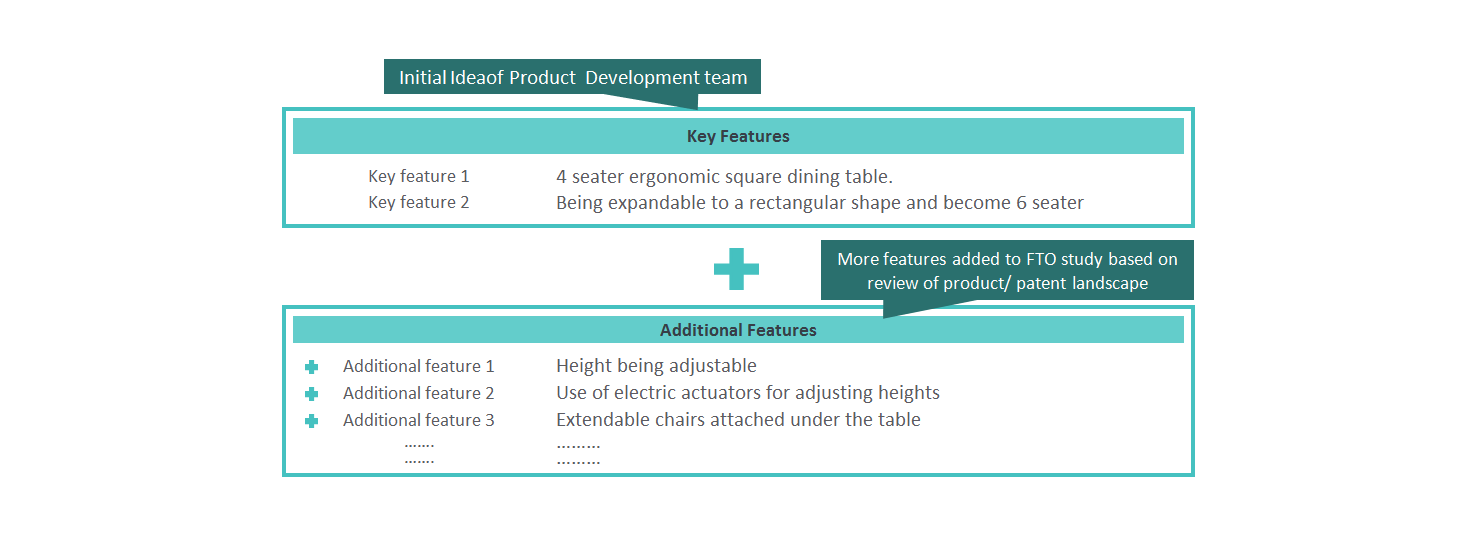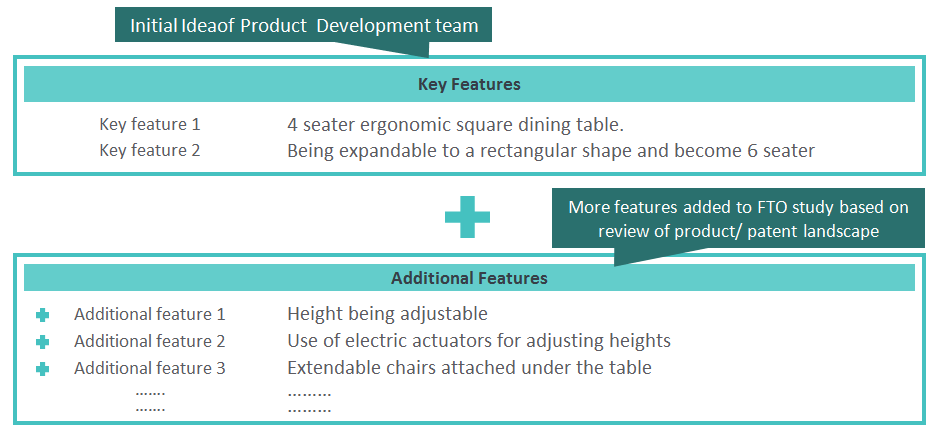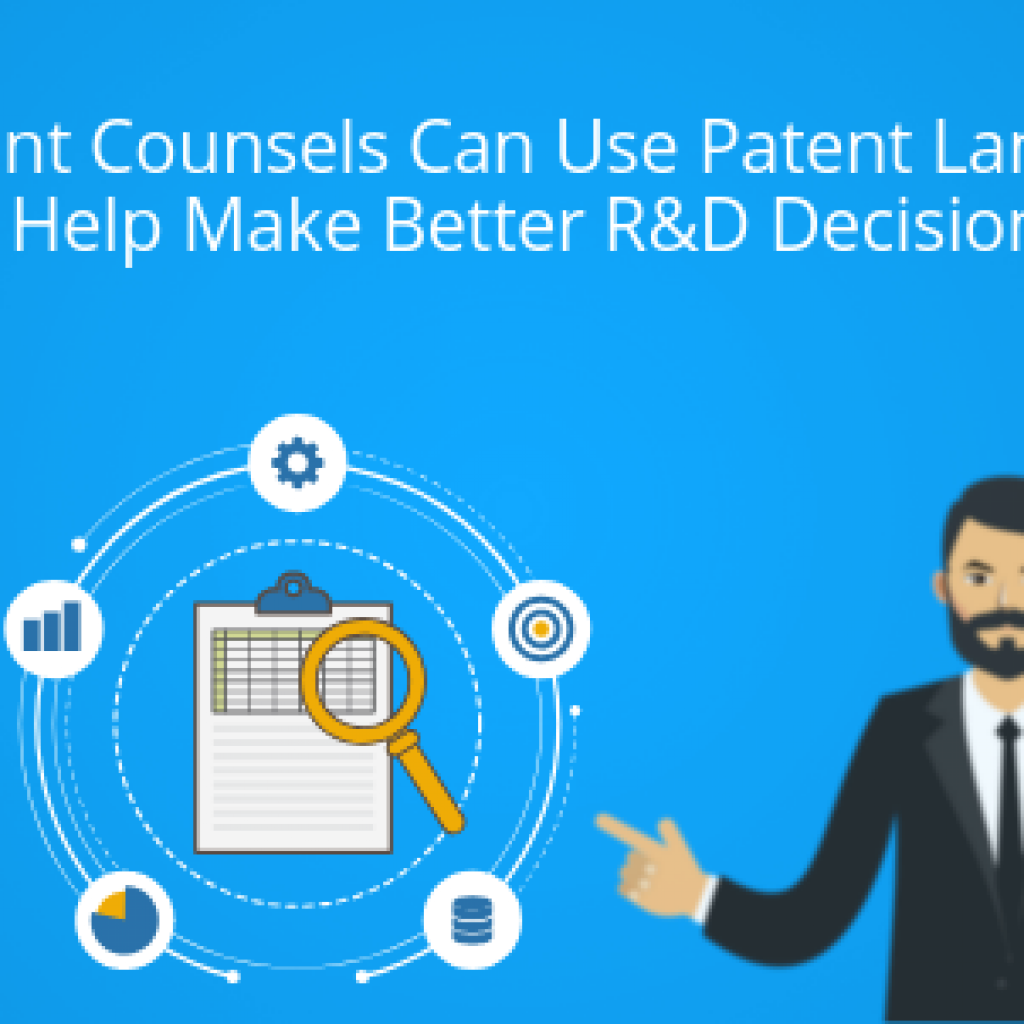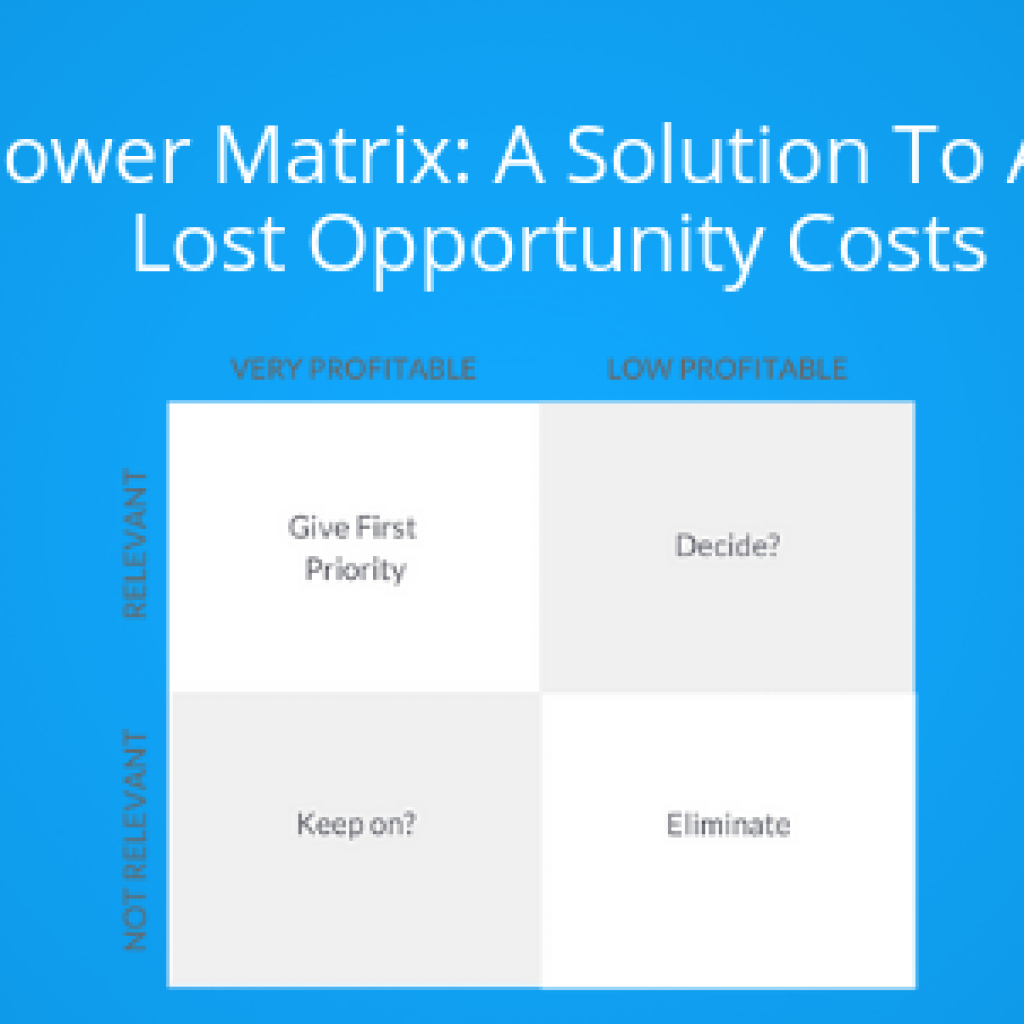Ask a bunch of patent counsel how do they feel about performing a Freedom to Operate study, and you may hear a collective groan from the whole group.
No doubt – performing an FTO is a cumbersome and time-consuming process. And yet, the importance of ‘freedom to operate’ or ‘clearance’ search during the development phase of a new product cannot be overlooked.
An all-embracing FTO study performed by a patent attorney helps in mitigating the risk of patent infringement by taking into consideration each and every component and features of the envisioned product.
In a few cases where the risk of patent infringement increases, you can always design around patents that you suspect are related to your product and avoid infringement. But you have to be really careful when designing around your competitor’s patent, if your competitors are aware of this counter-strategy, they can still prove infringement, even if you design around.
After working with patent counsels for more than a decade, we found that one of the major problems they face during an FTO search is that they have to continuously be in pace with the changes and advancements made by the product development (PD) team.
Why is that a problem, you ask? Let us explain with the help of an example.
Continuous Idea Iteration – The Reason of Concern
Suppose the product team at Walmart wants to build and sell a new ergonomic dining table. Their initial idea is that the square 4 seater dining table will have the feature of being expandable to a rectangle shape and become a 6 seater.
The in-house patent counsel ‘Jim’ does an FTO study on these product features and finds that there are no infringement concerns.
During the design phase, the product team comes up with another idea to make it more ergonomic – the height of the table can be adjusted by means of electric actuators.
So now Jim goes back to his whiteboard and starts performing another study to see if there are infringement concerns.
Just when Jim gets back to the product team with the results of the new study, they come up with an idea to have extendable chairs attached under the table.
This means Jim is going to have to perform yet another study now.
Every new update in the product prototype means a new FTO concern and an additional FTO search. This goes on iteratively till the product design is finalized without any FTO risk.
Breaking down this problem, we saw that there were three main issues faced by attorneys during the FTO process:
- The patent counsels have to repeatedly raise FTO concerns with the Product development team because of the regular changes taking place in the product
- The patent counsels have to effectively communicate FTO legalities to the PD team as they might sometimes be unaware of legal barriers.
- As the product evolves, they have to perform multiple patent searches based on the changes made in the product by the product development team.
Slightly modifying the old proverb – in order to kill these ‘3’ birds with one stone, we have been thinking of ways to ‘optimize’ the way traditional FTO studies are carried out.
FTO Inspired Landscape – A Possible Solution
During the development phase of a product, it is a given that multiple feature ideations would surface from time to time resulting in an additional FTO search for every new feature.
Now, instead of performing an FTO search on the first set of features, you want to have in the product, why not rather perform a much broader search on all possible features which can be possibly added to the product?
You can compile a collection of such features based on all ideas the PD team can come up with, and combine it will all the features present in products currently available in the market, and additional product features disclosed in patents. Of course, more and more features will be added to this compilation based on the researcher’s study of the patent landscape.
Such a broad ‘FTO inspired landscape’ will help you build an electronic database of patents (claiming the features) related to the product. This database could provide all the relevant information surrounding the product or service and thus play a vital role in helping you or the PD team is continuously analyzing the freedom to operate of technology related to the current or any future modified product prototype; without having to perform any additional searches.
This method solves the 3 problems raised earlier by-
- Providing FTO database to both counsels and PD team – Thus eliminating the need to repeatedly raise FTO concerns with the PD team
- Providing a simple checklist of features that are/ are not free to use. PD team can design products using permutation/ combination of these features.
- Eliminating the need for repeated searches as the entire landscape has been covered in a single search.
An FTO inspired landscape can put an end to the biggest FTO-related problems. Patent attorneys and in-house counsels can either
– Go the DIY way and construct an FTO inspired landscape on their own, (which would take a ton of their time, if they have it all to spare)
– Seek services of patent analytics consultancies like GreyB, which provides FTO inspired landscapes.
What Does an FTO Landscape Analysis look like?
We will save you the trouble of sending us an email to ask for a demo. Below, we have added a screenshot from our FTO landscape tool, a dynamic online interface we usually create for access to the counsel and PD team.
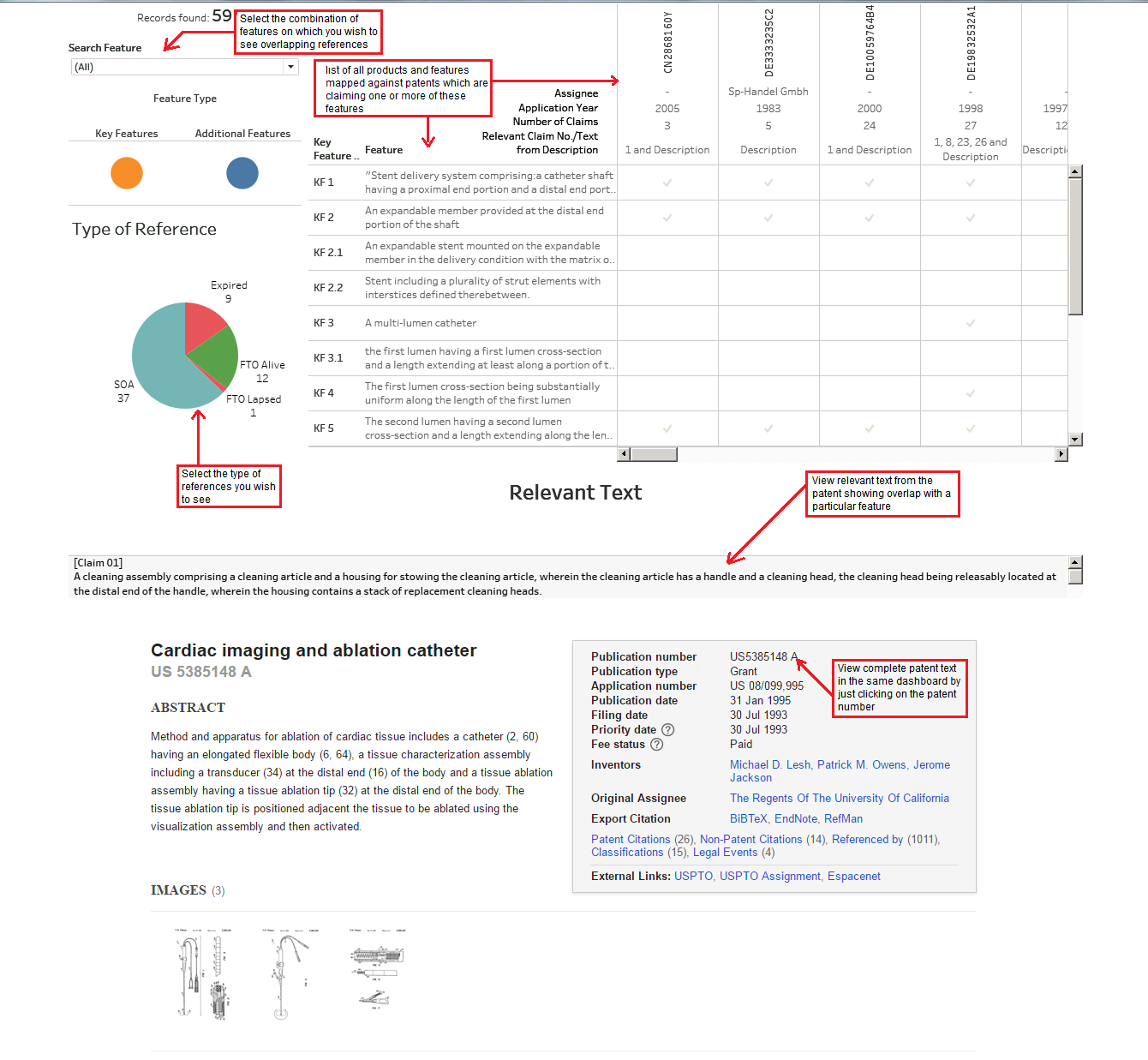 Such online dashboards provide all the required information for the reliable technical assessments on a single platform, helping teams strategize their feature additions without the risk of infringement.
Such online dashboards provide all the required information for the reliable technical assessments on a single platform, helping teams strategize their feature additions without the risk of infringement.
Other Benefits of FTO Inspired Landscape
Apart from solving the above issues faced by attorneys, this e-database could also provide additional benefits such as-
- Providing information to PD team for other enhancements that were not under consideration earlier.
- Analyzing patenting activity to help evaluate the market potential of the product.
- Investigating the activities of your competitors in similar products, and serving as a touchpoint to find about new features in competitors’ upcoming products.
- Pointing out the white spaces in patenting activity in this field, which can be a potential venture opportunity for your organization.
- Plays a nifty role when one can’t disclose the exact features of the product to the search service provider due to confidentiality reasons
Conclusion
FTO inspired landscapes, though do not differ much from the traditional FTO searches, can prove very helpful during the product development phase of products where multiple iterations of feature ideation are a stark reality.
These landscapes will save both the time and efforts invested by patent attorneys, the research team and the product development team and also leave a small dent on the pocket when compared to multiple traditional FTO searches.
So the next time you are designing a product that develops gradually and might require multiple FTOs, you would know the better choice to make.
Authored by: Lindce Sabi, Team Lead, IP solutions, Gaurav Sharma, Associate, IP solutions in collaboration with Shikhar Sahni, SVP, Operations.
Recommended Read: Talking of features, we also worked on a system that could help predict upcoming features in your competitors’ products. Read the story below to find how we deduce the future.

